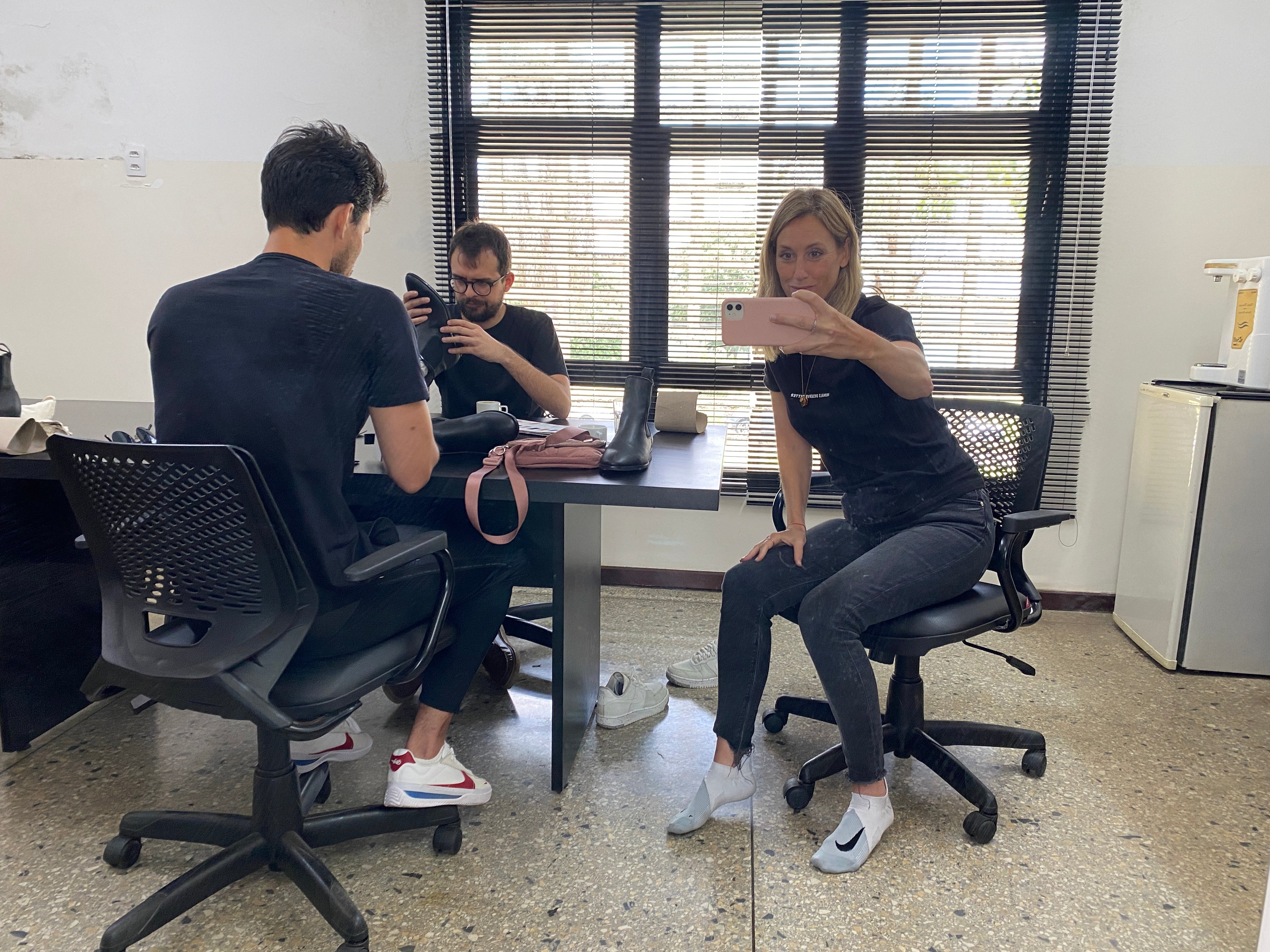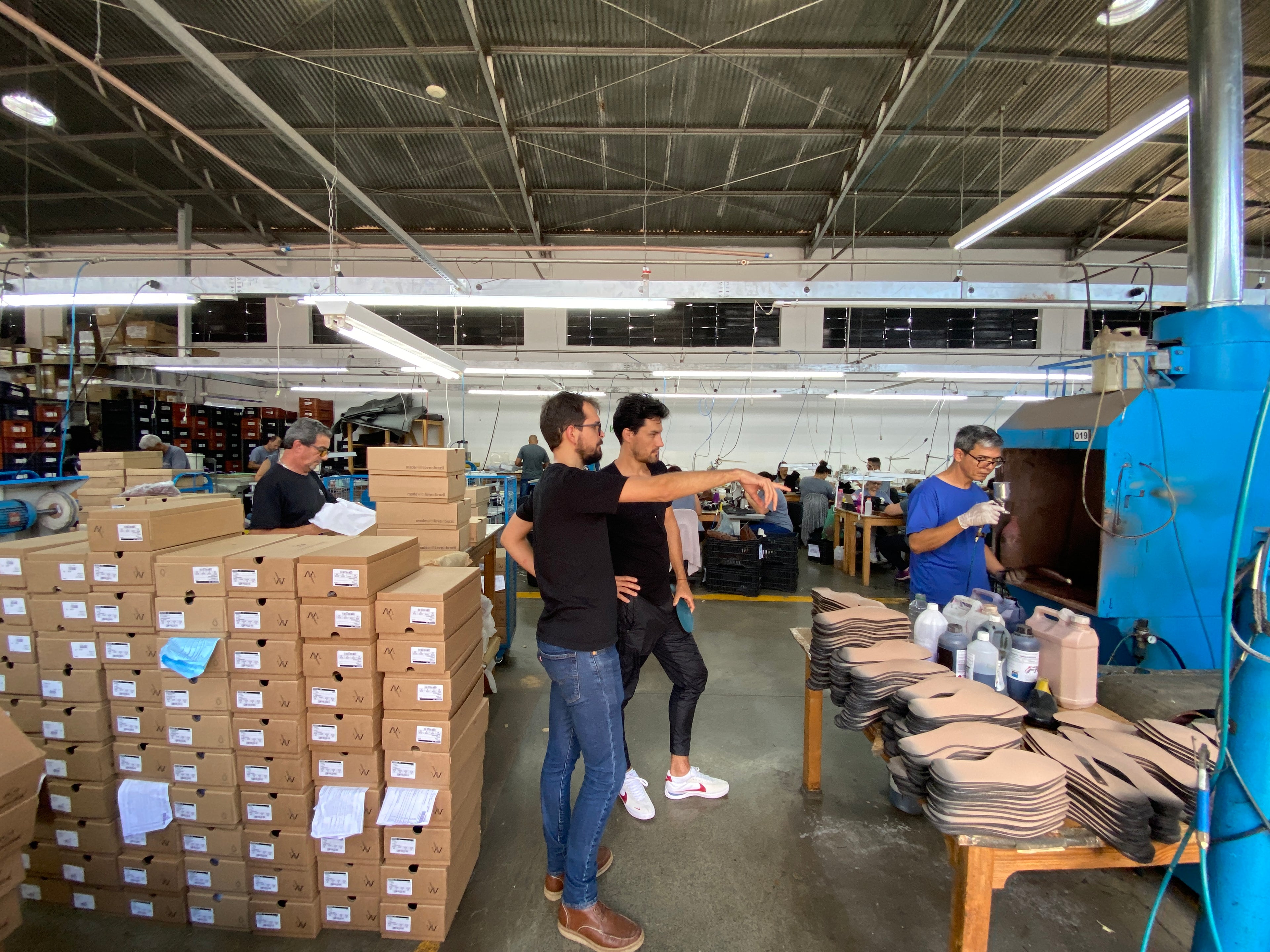The Process Behind PU Polyurethane Vegan Leather
In recent years, there has been a growing demand for sustainable and animal-friendly alternatives to traditional leather. One such material that has gained popularity is PU polyurethane vegan leather. This synthetic material offers a cruelty-free and eco-friendly alternative while maintaining the appearance and texture of genuine leather. In this post, we will delve into the intriguing process behind the production of PU polyurethane vegan leather.
Step 1: Polymerization: The production of PU polyurethane vegan leather starts with a process called polymerization. Polyurethane is a versatile polymer that can be synthesized by combining diisocyanates and polyols. Diisocyanates, typically derived from petroleum, react with polyols, which can be derived from plant-based sources such as corn or soybeans. This reaction forms a polymer known as polyurethane, which serves as the base material for vegan leather.
Step 2: Coating and Backing: After polymerization, the polyurethane is spread onto a fabric substrate, typically made from polyester or nylon. This coating process ensures that the material adheres firmly to the fabric, creating a durable and flexible base for the vegan leather. The thickness of the coating determines the texture and quality of the final product.
Step 3: Embossing: To mimic the natural texture of animal hide, the coated fabric is often embossed with a pattern. This step involves the use of heated plates or rollers that imprint the desired texture onto the surface of the material. Whether it's the grain of genuine leather or a unique design, embossing adds a touch of authenticity and aesthetic appeal to the vegan leather.
Step 4: Finishing: To enhance the appearance and performance of PU polyurethane vegan leather, additional finishing steps are employed. These may include processes like buffing, sanding, or buffing to achieve a smoother surface. Finishing also allows for the application of dyes, pigments, or patterns to create a wide range of colors and styles. Furthermore, a topcoat is often applied to provide protection against wear, tear, and water resistance.
Step 5: Quality Assurance: Before the vegan leather reaches the market, quality assurance checks are performed to ensure consistency and durability. These tests may involve assessing the material's strength, flexibility, colorfastness, and resistance to abrasion. Only after rigorous quality control measures are passed does the vegan leather material become available for use in various products.
Conclusion: PU polyurethane vegan leather offers a sustainable and cruelty-free alternative to traditional leather. By understanding the intricate process behind its production, we can appreciate the efforts made to create a material that aligns with the principles of ethical fashion. Through polymerization, coating, embossing, finishing, and quality assurance, the result is a durable, versatile, and aesthetically appealing material that opens up exciting possibilities for vegan-friendly fashion and accessory options.
PU polyurethane vegan leather has become a the most common material for vegan non leather boots that look and feel like traditional leather (or nappa leather) and are similar to leather. We have concerns about the sustainability of PU polyurethane vegan leather as it is petroleum based.
Our mission is to develop footwear - specifically, vegan black designer chelsea boots - with more plant based material, such as leather made of cactus, known as Cactus Leather from Desserto.
Leather made of cactus is similar to leather and offers a lot more benefits when it comes to sustainability in comparision to traditional leather, nappa leather and even PU polyurethane vegan leather.
We are also exploring apple leather, mango leather and pineapple leather for our vegan leather women's boots.


